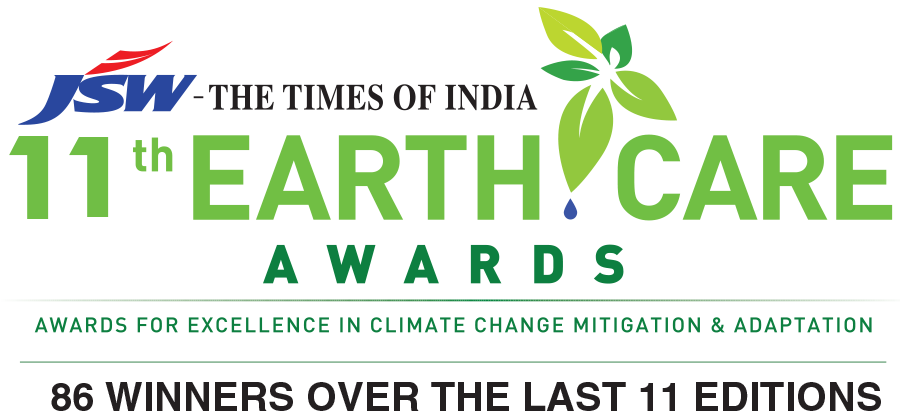1st Edition
CATEGORY I : GHG MITIGATION IN SMALL, MEDIUM AND LARGE ENTERPRISES
ONGC
ONGC introduced a waste heat recovery project, a flare gas recovery project, a gas flaring reduction project and many other initiatives which have resulted in reduction of CO2 emission by approximately 1 million tons of CO2 per annum. The technology adopted by ONGC for its Gas Flaring Project at its Uran project is the first of its kind.
Welspun
Welspun’s energy efficiency and fuel switch over project involves installation of an energy efficient 5.9 MW gas turbine with a heat recovery system and vapor absorption chillers that has helped reduced GHG emissions significantly.
Tata Sponge Iron ltd
Tata sponge uses the content of kiln gas to generate power in waste heat recovery power plants. The project activity has resulted in the generation of 26 mw of electricity from waste gases for in-house consumption.
CATEGORY II : COMMUNITY LED ACTIONS ON MITIGATION AND ADAPTATION TO CLIMATE CHANGE
The Vedchhi Pradesh Seva Samiti (VPSS), Dharampur Center
Work carried out in Dharampur and Kaprada talukas of Vasad district, Gujarat since 1988 covered 231 villages. To tackle the issues of natural resources management 155 wells and 315 check dams were constructed. Approximately 1700 hectares of land have been reclaimed and diverse crops established. Communities have coalesced to learn techniques and implement solutions to overcome locally relevant stresses affecting land and water resources.
M Venkatarangaiya Foundation, Hyderabad
Work was carried out in five mandals of Rangareddy district, Andhra Pradesh. 20,250 acres of fallow land have been brought under cultivation including 772 acres for horticulture development. The efforts led to recharging of more than 500 dried up open wells and; nearly 2000 bore wells have become functional again. This work represents initiatives by community organization with support from diverse sources.
Sujala Watershed Project, Watershed Development Department, Government of Karnataka
4.29 lakh hectares of drought-prone land has been treated through this project. Gross irrigated areas increased by 23% through ground water recharge. The project represents a public-people partnership implemented with support from World Bank, contributions from the Government of Karnataka and the community.
CATEGORY III : INNOVATION FOR CLIMATE PROTECTION
Taraknath Chowdhury
Taraknath Chowdhury has developed as electronic LPG optimum burning system. It is designed to regulate the flow of gas in the and therefore making efficient use of fuel in the burners and is used predominantly in domestic gas- cooking system. The innovation by this form and function is designed to imply a reduction of LPG consumption to 131 gm/hr from 189 gm/hr in this system.
